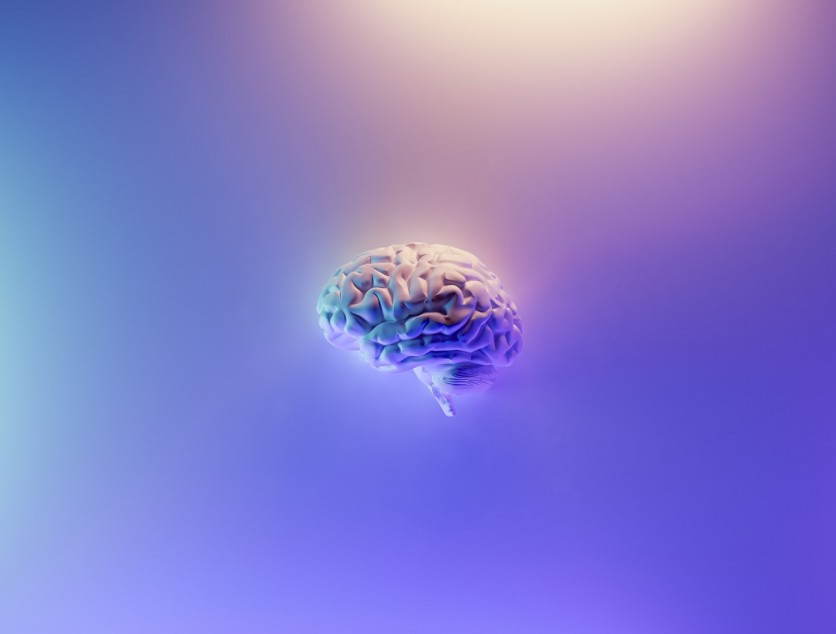
The next significant breakthrough in artificial intelligence (AI) might be reading brain impulses and bringing life to what's going on in your thoughts.
According to Fortune, two Japanese academics at Osaka University claim to have developed an AI model that can simulate the workings of human brains and present people's ideas in visuals. Their AI can do it more quickly and precisely than previous scientific efforts.
By testing a novel approach that combines textual and visual descriptions of pictures seen by test participants, the new model purportedly captures cerebral activity with roughly 80% accuracy, greatly simplifying the AI process of recreating ideas.
Thoughts-to-Image AI System
Yu Takagi and Shinji Nishimoto, systems neuroscientists, published a pre-print paper in December 2022 that was accepted for presentation at this year's Conference on Computer Vision and Pattern Recognition in Vancouver. This summit is widely regarded as one of the most prestigious in the field of computing.
In their research, Takagi and Nishimoto did something innovative by using an algorithm they named Stable Diffusion to create the pictures.
London-based Stability AI's deep learning text-to-image model Stable Diffusion was made available to the public in 2022. It competes head-on with other AI text-to-image generators, including ChatGPT's inventor OpenAI's DALL-E 2, also made public last year.
How does it work?
Using Stable Diffusion, the researchers were able to get over some of the roadblocks that have previously reduced the effectiveness of attempts to produce pictures from brain scans. Instead of starting from scratch with thousands of photos, as was necessary for many previous experiments, Takagi and Nishimoto used the massive data set provided by Stable Diffusion to generate images from textual descriptions.
The AI behind the textual descriptions was developed by Takagi and Nishimoto, as reported by Fortune. The research adopted publicly accessible data from a 2021 University of Minnesota study that accumulated brain wave and functional magnetic resonance imaging (fMRI) data from four volunteers while they examined over 10,000 photos each. The fMRI data were used to inform two models built for the research, producing text descriptions understandable by Stable Diffusion.
Two groups of lobes in the brain are responsible for registering visual information when a person views a photograph. To capture the data produced by these regions, an fMRI scanner must be used during the peak of brain activity.
The results were converted to text when the fMRI data was run through Takagi and Nishimoto's two supplementary models. Then, Stable Diffusion visualized the aforementioned textual data.
Endless AI Possibilities
The researchers claimed the approach still has excellent potential if precise recreations of brain activity can be streamlined even more.
Last week, Nishimoto speculated on Twitter that AI may one day be used to track brain activity as we sleep and provide light on the meaning of dreams. This week, Nishimoto assumed that simulating brain activity with AI may provide light on how other animals see the world.





